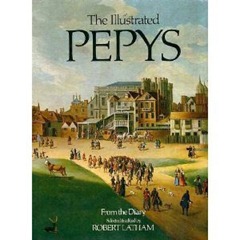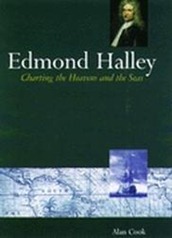“The Etymologicon” by Mark Forsyth is a book of the origin of words, of their etymology. It’s based on the author’s blog, the Inky Fool, it reads very much as a sequence of blog posts strung together. This isn’t necessarily bad but does sometime make it feel like a a unrelenting, whirlwind tour of the origins of English words.
Although English was never my strongest subject at school this combination of history and language has always fascinated me. I thought I’d pluck out and summarise a few little gems that caught my eye:
Romany people have received a range of names, based on the mistaken assumptions of their origins. The term “gypsy” arises from those that thought they came from Egypt, most bizarrely the Spanish at one point seemed to believe they come from Flemish Belgium, hence the word “Flamenco”. The Roma ultimately come from India, their language having its roots in Hindi and Sanskrit.
Wamblecropt, meaning “afflicted by nausea” appeared in Cawdrey’s Table Alphabetical of 1604 which Forsyth cites as the first dictionary not directed to the aid of translators. He also highlights that the fame of Dr Johnson’s dictionary is not in its novelty as a type of book but in Johnson’s fame as a learned man. I feel there is a need to randomly reintroduce such words to the language, to see if their time has returned. “I am often wamblecropt on the train into work”.
I’d always assumed that Nazi was a a contraction of Nationalsozialistiche Deutsche Arbeitpartei, which it is but it was also a pre-existing term of abuse relating to Bavarian peasants who were the butt of jokes in Germany in the early 20th century. Nazi is a contraction of Ignatius, a common Bavarian name.
“Terrorism”, it seems was coined in English after the French Revolution to describe a system of government based on terror.
Rather romantically, the ring finger is so-named because early medicine held that the ring finger was directly connected to the heart and could be treated as a proxy for the treatment of heart problems, and so when we marry we put a ring on our ring finger. My wedding ring is the only jewellery I wear. Somewhat insensitively, when choosing a ring for Mrs SomeBeans at which point the issue of a ring for me was first raised, I exclaimed that I wasn’t particularly interested if it cost as much as hers did. I relented fairly soon afterwards, having saved on an engagement ring which Mrs SomeBeans wouldn’t have been able to wear as at the time she worked in the food industry.
You’ll be pleased to know that there was a “gorm” to go with “gormless”, gorm was a 12th century Scandinavian word meaning sense or understanding. Similarly, there were once also “feck” and “reck”, now only found in “feckless” and “reckless”. Happily there was also a “gruntle”, which is now only found in “disgruntled”. To gruntle is to grunt often, as pigs might do, in this instance dis- prefix is an intensifier.
Obviously I could go on, but it would be repetitive.
It’s difficult to know with a book like this the level of referencing which is desirable, it is light on references but the author acknowledges this at the end of the book, providing a brief bibliography and some more detailed references as an example.
Books similar to this include, Lynne Truss’s “Eats, shoots and leaves” and David Crystal’s “The Cambridge Encyclopedia of The English Language“. The most useful part of my library membership is online access to the Oxford English Dictionary, which is also a goldmine for etymologists.
All in all an entertaining read, and compatible with the stresses of new parenthood.





